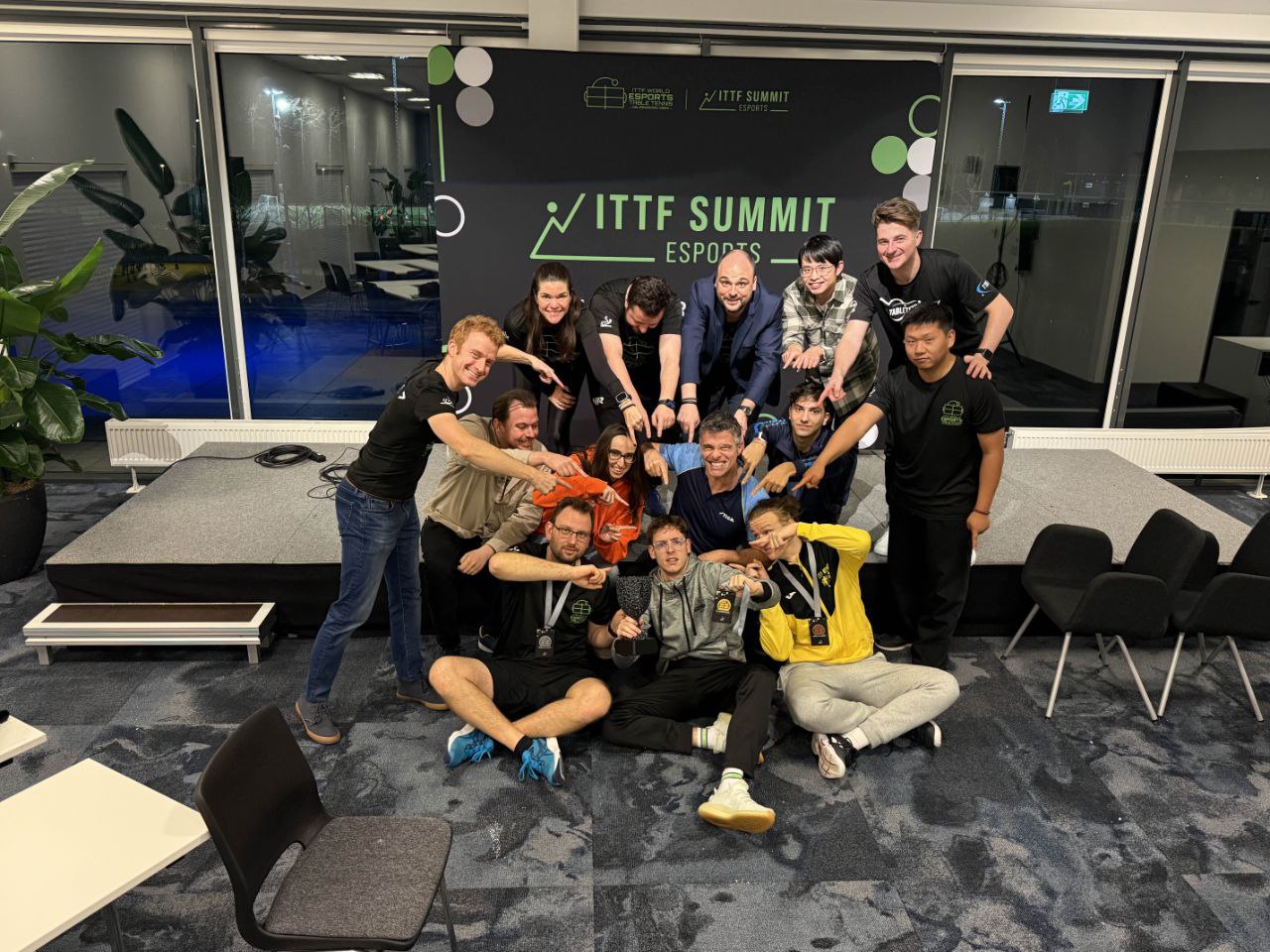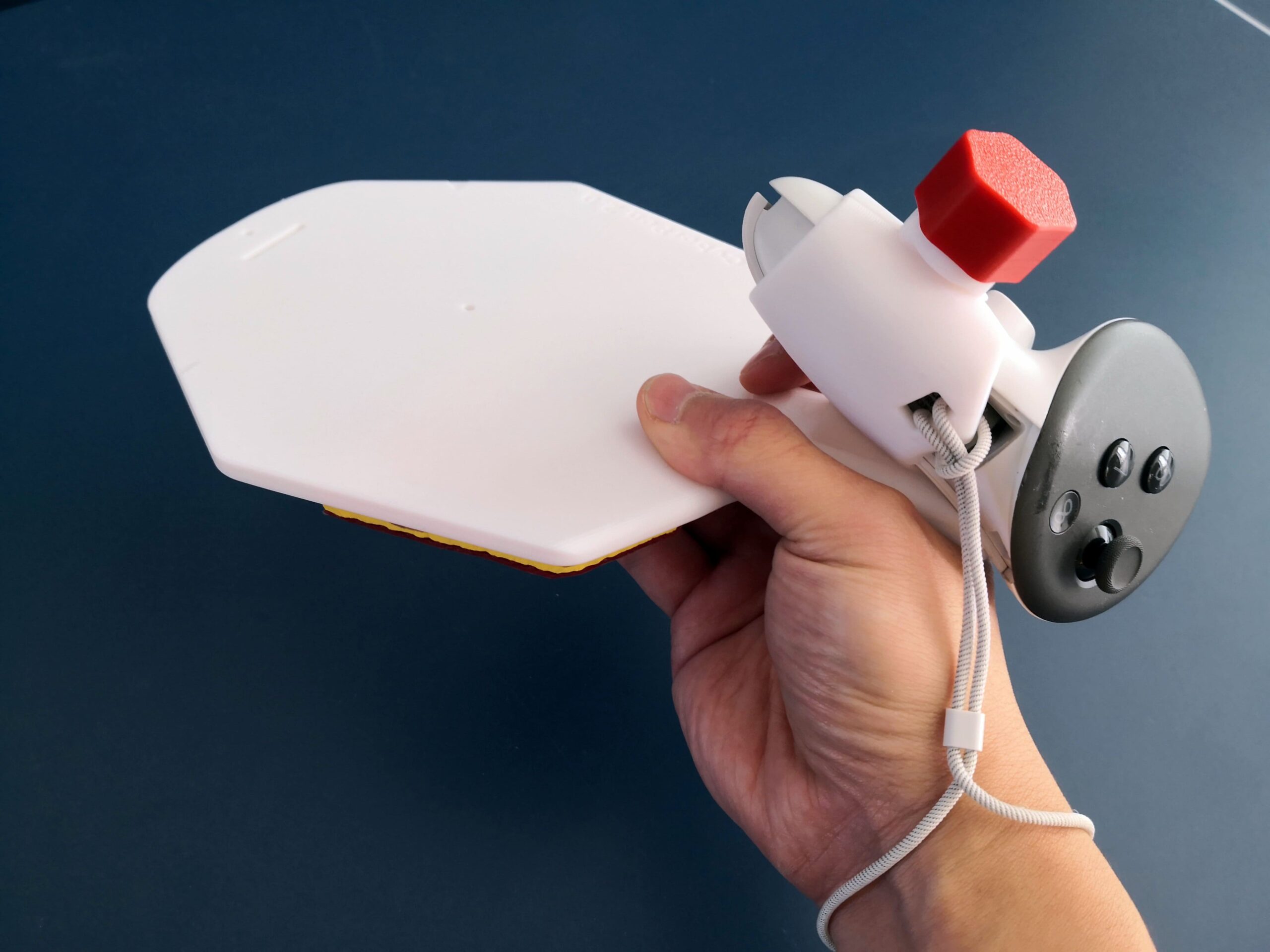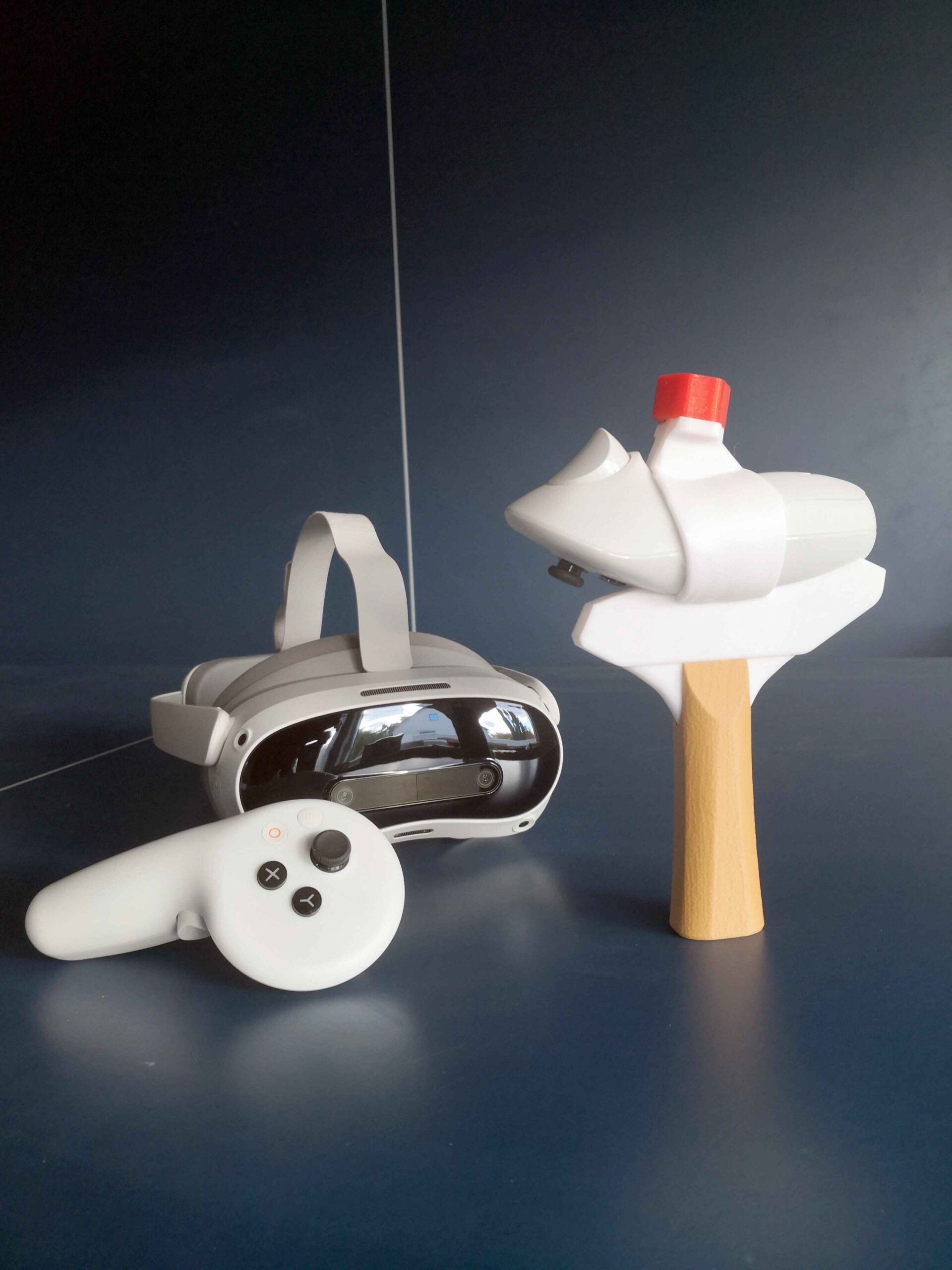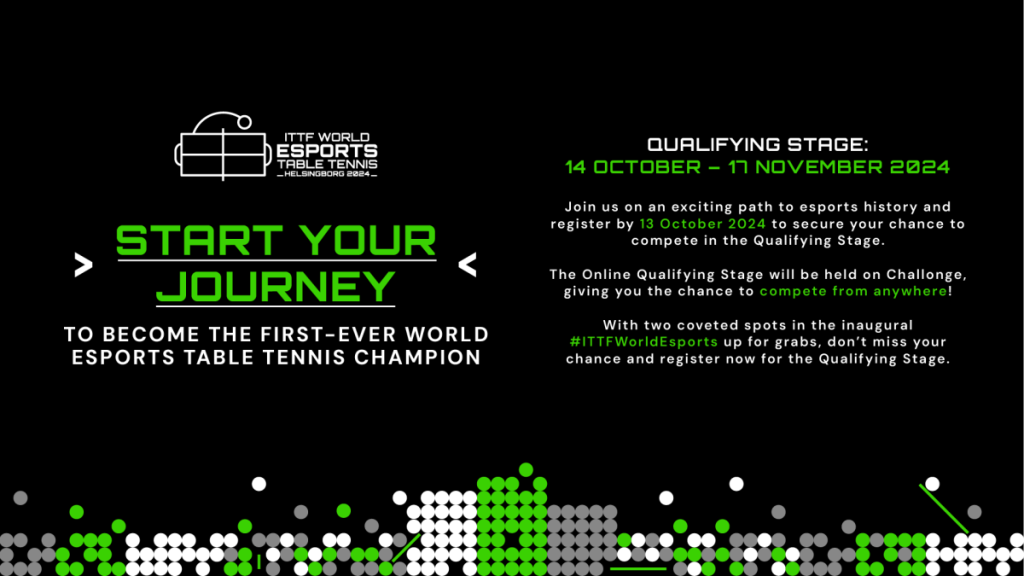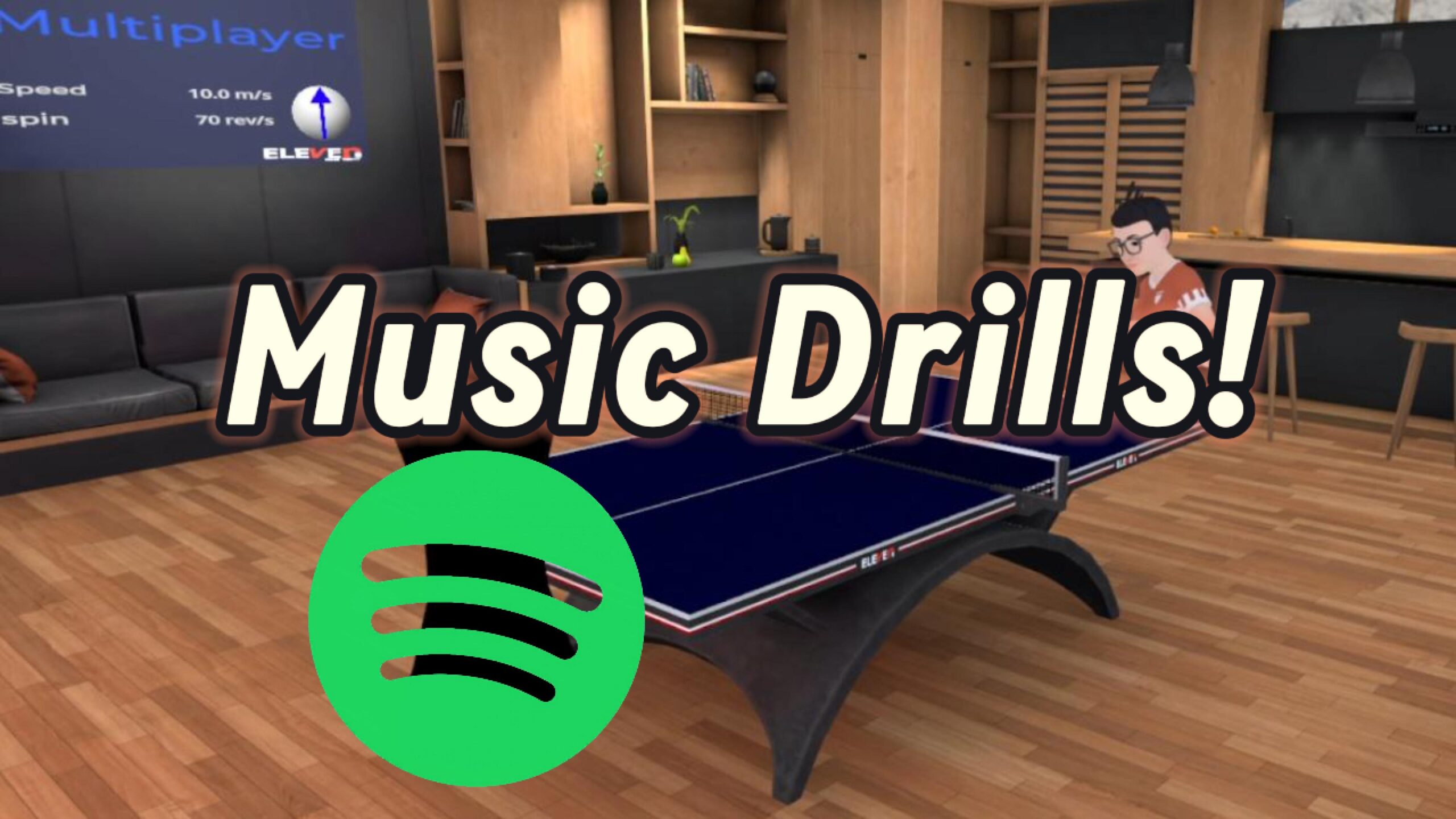Dimitri (MonquiRanger) is an exceptional player in both real-life and VR table tennis. In ETT, he reached 3000 Elo in just one month—and he’s still climbing! In this video, he shares his experience with various VR ping pong equipment. We’re honored to see the SolidSlime adapter featured among the best. Check out the video to discover the other top picks, and if you enjoy the content, consider subscribing to his channel for more great insights!
If you are curious about my setup, it includes:
- Meta Quest 3
- SolidSlime Quest 3 Adapter
- Kiwi Quest 2 Headstrap + printed adapter for Quest 3
- Paper Towel being folded on forehead during each session to absorb the sweat
About the paper towel: I have seen quite a few Quest 3 get damaged because sweat enters the device. This often happens during table tennis, as it is an intensive sport. The paper towel is an unsung hero in preventing that from happening. Other equipment like facial interfaces with fans and holes can work too.
